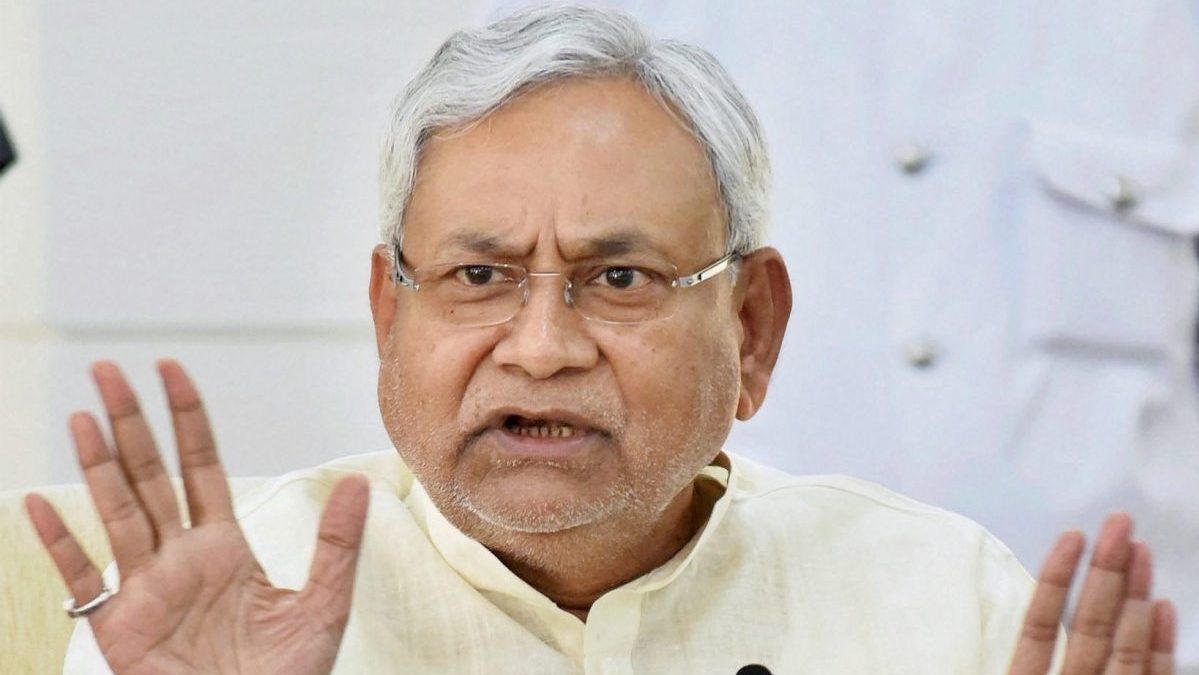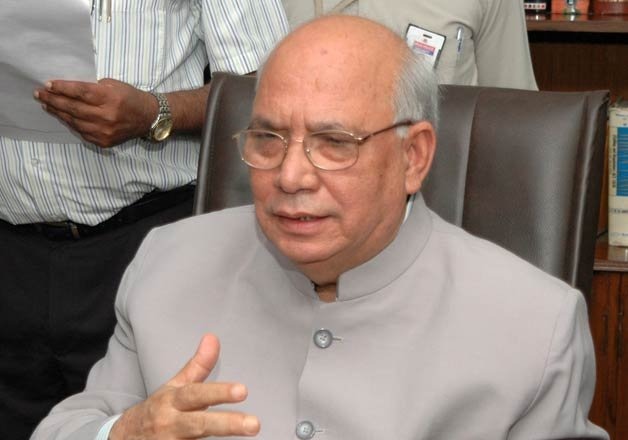India's energy landscape has undergone a significant change in the past decade, to tackle the impending climate crisis. India will need an additional $300 billion to reach the goal of 500 GW of clean energy by 2030 (ADL report). As the transition to clean energy is capital-intensive, the cooperation of the private sector becomes increasingly important. Beyond tackling climate change, harnessing private capital for clean energy can unlock economic growth, generate green jobs, and enhance energy security.
With the government playing a catalytic role, investor confidence in India's clean energy future is soaring. Production-linked incentives and regulatory reforms have fueled a 40% rise in clean energy investment since 2020, boosting investor confidence (Times of India, 2022). A recent surge in renewable energy loans issued by banks and NBFCs further validates this trend. (Yoshino and Taghizadeh-Hesary, 2015).
To facilitate private sector participation in India's green energy ambitions, it becomes necessary to venture beyond mere capacity addition and dip into nascent technologies like green hydrogen, geothermal, ocean, and rooftop solar. Private investment in research and development, a skilled workforce, and technology transfers have become the need of the hour. India requires roughly $12 billion annually for clean energy R&D alone, highlighting the substantial gap that private participation can bridge (CEEW, 2023).
Furthermore, the rise of renewable energy generation makes effective energy storage solutions vital for addressing energy fluctuations and guaranteeing grid stability. Private companies can invest in and build pumped hydro plants, grid-scale batteries, or other storage solutions, creating a competitive market and driving down costs (Singh & Mukherjee, 2023). They can also develop innovative ownership models for storage facilities, such as community microgrids or energy storage as a service, ensuring wider accessibility and cost-sharing.
On the investment front, fostering innovative financial instruments like green bonds, climate-linked debt, and crowd-funding platforms can unlock substantial financial resources (Ghosh, 2022). While Adani has raised $1 billion through green bonds, Tata Power has raised $320 million via sustainability-linked loans, showcasing diverse funding options in the renewable space (Mint Genie).
Although India's private sector is stepping up, its debt burden remains a pressing concern, being 24-32% higher than developed economies like the US and Europe. Market concentration also poses a significant hurdle. The capital-intensive nature of solar and wind power has led to an oligopoly, with just 10 firms holding 60% of the total market share (Kunal B Fulewale, 2019). While the private sector's enthusiasm is encouraging, fostering a more open and inclusive market, along with managing the debt burden is crucial.
Beyond financial hurdles, land acquisition remains a major bottleneck, stalling projects due to its large footprint and local protests causing potential disruptions, like those in Nedan, Rajasthan. Moreover, acquiring fertile land raises food security concerns (Down to Earth, 2019). Complex logistics in remote areas add another layer of complexity and increase cost. These operational snags trigger a ripple effect, pushing up tariffs that in turn burden the state and discoms (Down to Earth, 2020). Establishing designated renewable energy zones with pre-approved land, robust infrastructure, and a streamlined permitting system could offer a solution for addressing these hurdles.
India's clean energy journey is not a solitary sprint; it's a collaborative marathon where the private sector's technical prowess and the government's supportive regulatory policies pave the path to a sustainable future. With a projected market size of $500 billion by 2030 (Times of India, 2023), India's renewable energy sector represents a significant and timely opportunity for private sector participation. This rapid growth presents a compelling avenue for investment and engagement in the future of clean energy.
Writer Deekshitha S is an engineer turned policy enthusiast.








 OpinionExpress.In
OpinionExpress.In















Comments (0)